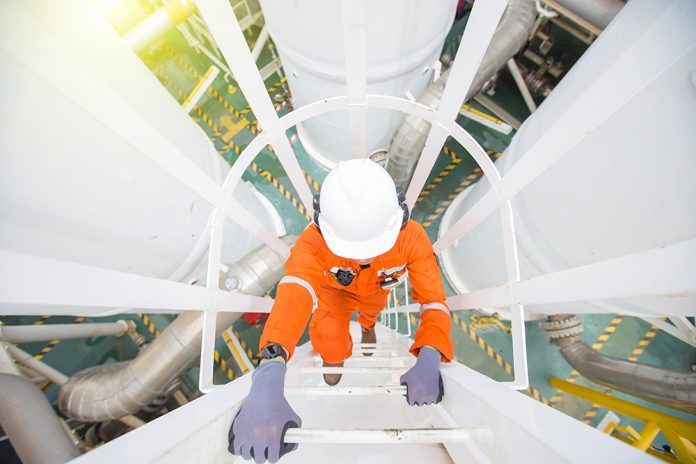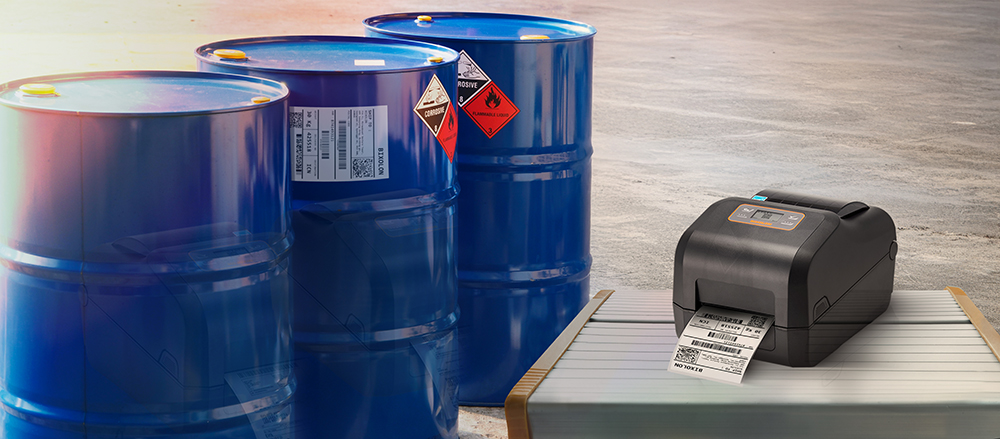There are very few organisations that can say they are running business as usual during this COVID-19 pandemic, yet the COMAH Competent Authority (CA) has made it clear that regulatory activities will continue, as far as possible, as normal. Of course, process safety doesn’t wait so it is clear why there are no excuses for non-compliance, but as operators try to strike a balance between COVID specific measures and maintaining production, where does that leave process safety?
Maintaining operations with measures like social distancing, reduced manning and limited access to contractors requires quick decision making, whether an organisation has contingency plans in place or not. Those in process safety have the tools to make sure any decisions made are not going to compromise how our major accident hazards are managed, but in light of recent circumstances, it might be tempting to bypass the management of change process or to fail to identify where the MoC process is needed at all.
Some of the changes we have been seeing on high hazard sites have an obvious requirement for management of change to be carried out, just as it would be if COVID-19 measures were not in place. For example, a number of operators are installing portable buildings on their sites to enable employees to continue to work while social distancing. Any changes that have the potential to directly impact on the safety of personnel, such as location and building vulnerability, are considered to be critical and are generally being well managed.
With limited access to contractors who may be furloughed and social distancing measures preventing many of them from working on sites, keeping up with maintenance, inspection and testing intervals for equipment has proven difficult. Changes to maintenance schedules, particularly for safety critical equipment, should be carefully considered and continuing operations with affected equipment well justified. The longer that tests are left overdue, the less reliable the equipment is, with implications for risk calculations and tolerability. It may be tempting to continue to run the equipment based on historical integrity data, but any credit taken as a risk reduction measure is unfounded once maintenance becomes overdue. Compliance with the ALARP principle (whereby barriers are implemented to control risk to a level that is As Low as Reasonably Practicable), can therefore be compromised significantly if the risks of changes to maintenance tasks are not identified and sufficiently managed.
Some changes, however, might not be so readily recognised as requiring a formal management process. In many cases, we have had to adapt the way that we operate, but are the less tangible changes such as updates to procedures considered to be critical? As the time spent operating under COVID-19 measures increases, activities that have so far been delayed until things return to normal become more urgent. Take, for example, HAZOP (Hazard and Operability) studies for projects. Time and money are important, and so in some cases rather than continuing to delay processes such as HAZOP, some operators are electing to carry them out remotely via video conference calls. Where it is strongly recommended that full studies are done in person, project HAZOPs can be carried out successfully remotely, provided that the risks associated with doing so are identified and managed. Are procedures compatible with remote working? How can we make sure that the resources required for a successful study are available to all participants, and that participants are able to communicate freely?
Unprecedented times are not an excuse to forget or to compromise the activities that ensure our major accident hazards are properly managed. We already have the tools to manage new measures and changes to our operations. Now is the time to remind ourselves of the intentions and the scope of our management of change processes.
Carolyn Nicholls & Jennifer Hill
enquiries@ras.ltd.uk










